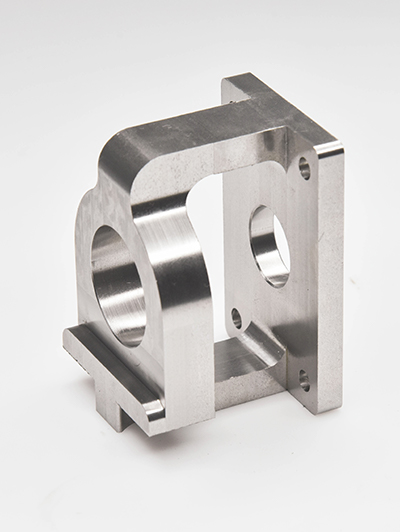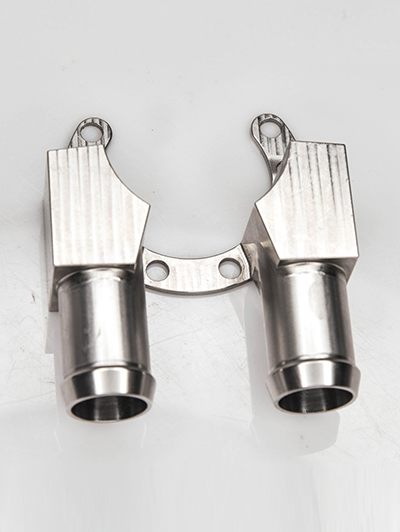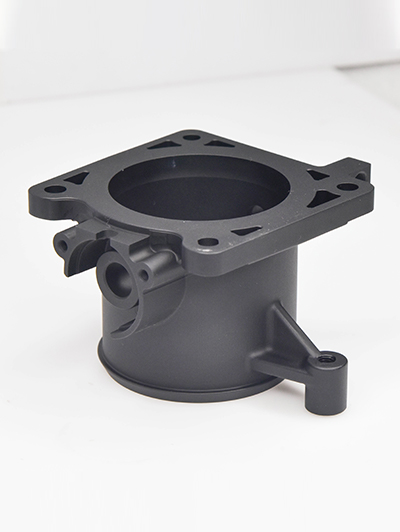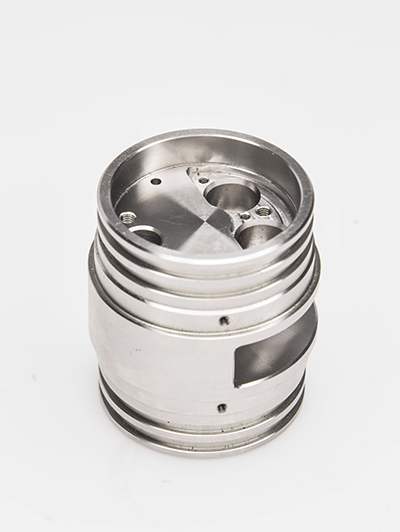Information
Revolutionary Technique in Metal Parts Processing Streamlines Production
One revolutionary technique in metal parts processing that is streamlining production in various industries is additive manufacturing, also known as 3D printing. Additive manufacturing involves building parts layer by layer using a computer-generated design, unlike traditional subtractive manufacturing processes that involve cutting, shaping, or machining raw materials to create a final product.
Additive manufacturing offers several advantages that make it a game-changer in metal parts processing:
1. Design Flexibility: Additive manufacturing allows for complex geometries and intricate designs that are challenging or impossible to achieve using traditional methods. This design freedom enables engineers to optimize part performance and functionality.
2. Rapid Prototyping: Additive manufacturing enables quick and cost-effective prototyping of metal parts, allowing engineers to iterate designs rapidly and bring new products to market faster.
3. Reduced Material Waste: Traditional machining processes can result in significant material waste due to cutting and shaping raw materials. Additive manufacturing, on the other hand, is an additive process, meaning material is only used where needed, minimizing waste and reducing material costs.
4. Customization: Additive manufacturing facilitates the production of highly customized metal parts tailored to specific requirements. This level of customization is particularly beneficial in industries like aerospace, automotive, and medical, where each part may need to be unique.
5. Tooling Reduction: Additive manufacturing eliminates the need for specialized tooling, jigs, and fixtures required in traditional manufacturing processes. This reduces production costs, lead times, and overall manufacturing complexity.
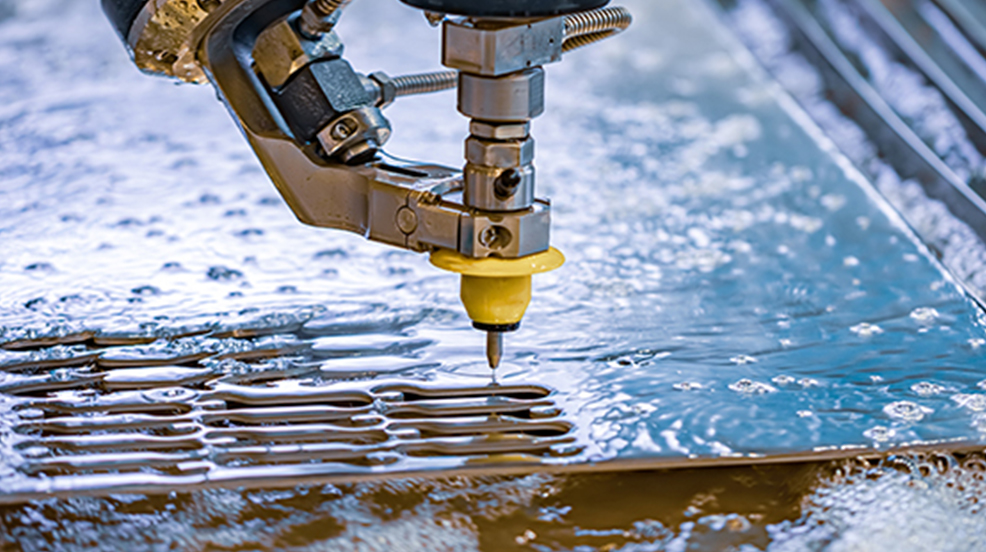
6. On-Demand Production: Additive manufacturing enables on-demand production, allowing companies to produce parts as needed without maintaining large inventories. This flexibility can lead to cost savings and supply chain efficiency.
Overall, additive manufacturing is revolutionizing metal parts processing by offering design flexibility, rapid prototyping, reduced material waste, customization, tooling reduction, and on-demand production. As the technology continues to advance, it is expected to further streamline production processes and drive innovation in various industries.
Enhancing Efficiency in Aerospace Technologies
1. Implementing advanced automation and robotics: By utilizing automated systems and robotics in aerospace technologies, tasks can be performed more quickly and accurately, leading to increased efficiency. This includes automated systems for manufacturing, inspection, maintenance, and handling of materials.2. Adopting digital twin technology: Digital twin technology allows for real-time monitoring and simul...
Cutting-edge Machining of Unique Materials
Advancements in technology have allowed for the cutting-edge machining of unique materials that were previously difficult to work with. This has opened up new possibilities for manufacturing industries, allowing for the production of components and products that were once thought to be impossible.One such material that has benefited from cutting-edge machining techniques is carbon fiber. Carbon fiber is a l...
Enhancing Efficiency in Aerospace Technologies
1. Implementing advanced automation and robotics: By utilizing automated systems and robotics in aerospace technologies, tasks can be performed more quickly and accurately, leading to increased efficiency. This includes automated systems for manufacturing, inspection, maintenance, and handling of materials.2. Adopting digital twin technology: Digital twin technology allows for real-time monitoring and simul...
Cutting-edge Machining of Unique Materials
Advancements in technology have allowed for the cutting-edge machining of unique materials that were previously difficult to work with. This has opened up new possibilities for manufacturing industries, allowing for the production of components and products that were once thought to be impossible.One such material that has benefited from cutting-edge machining techniques is carbon fiber. Carbon fiber is a l...
Shape accuracy detection
In addition to dimensional accuracy, the shape accuracy of the parts cannot be ignored. Detect shape errors such as roundness, cylindricity, and flatness of parts using equipment such as roundness meters and contour meters. For example, when processing high-precision bearing rings, the accuracy of roundness and cylindricity directly affects the rotational accuracy and service life of the bearing.
Dimensional accuracy testing
Using advanced measuring tools and techniques, such as coordinate measuring instruments, optical imagers, etc., to accurately measure the dimensions of parts. For precision parts, dimensional tolerances are usually controlled at the micrometer level, so high-precision measuring equipment is required to ensure the accuracy of the test results. For example, when processing precision molds for mobile phone chi...
- +86 13603025252
-

WhatsApp
- info@jiujucnc.com


